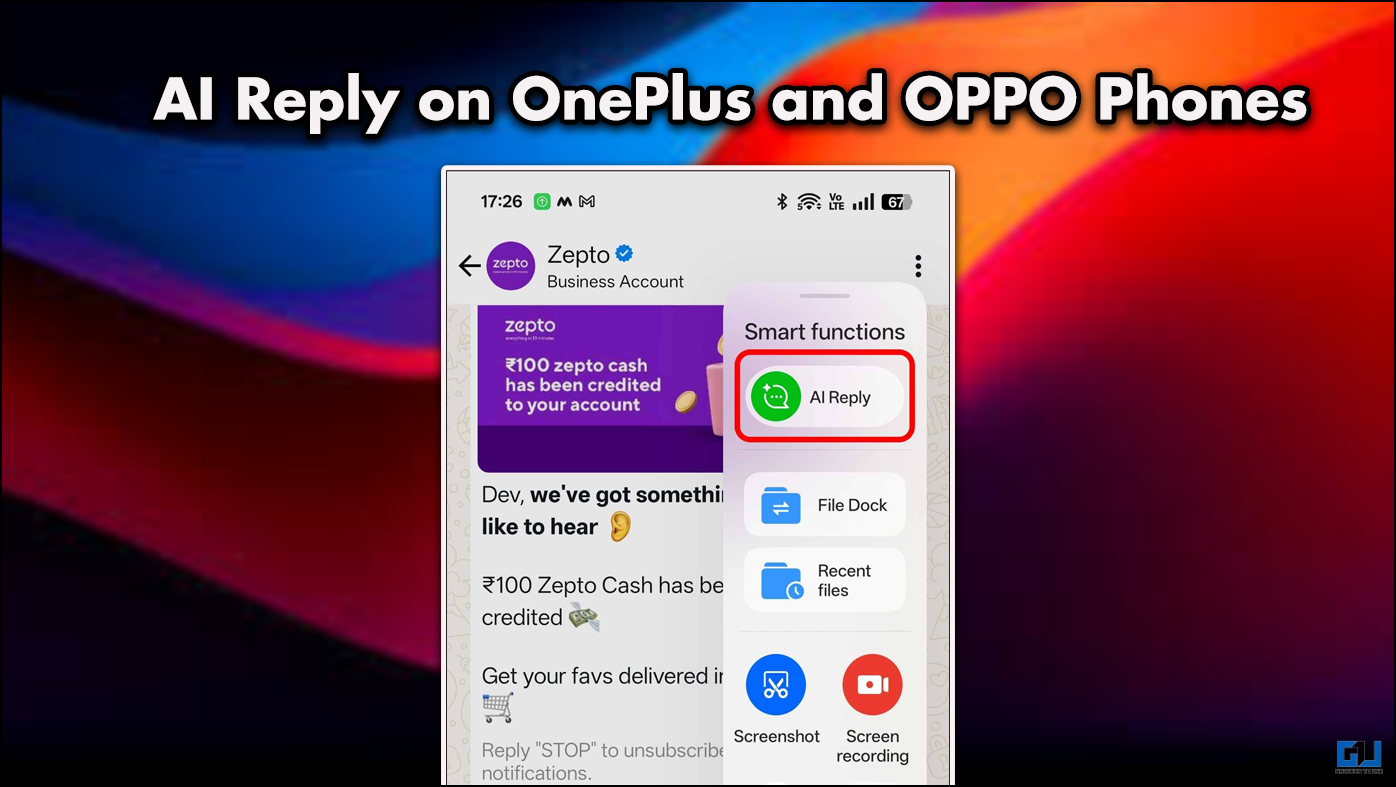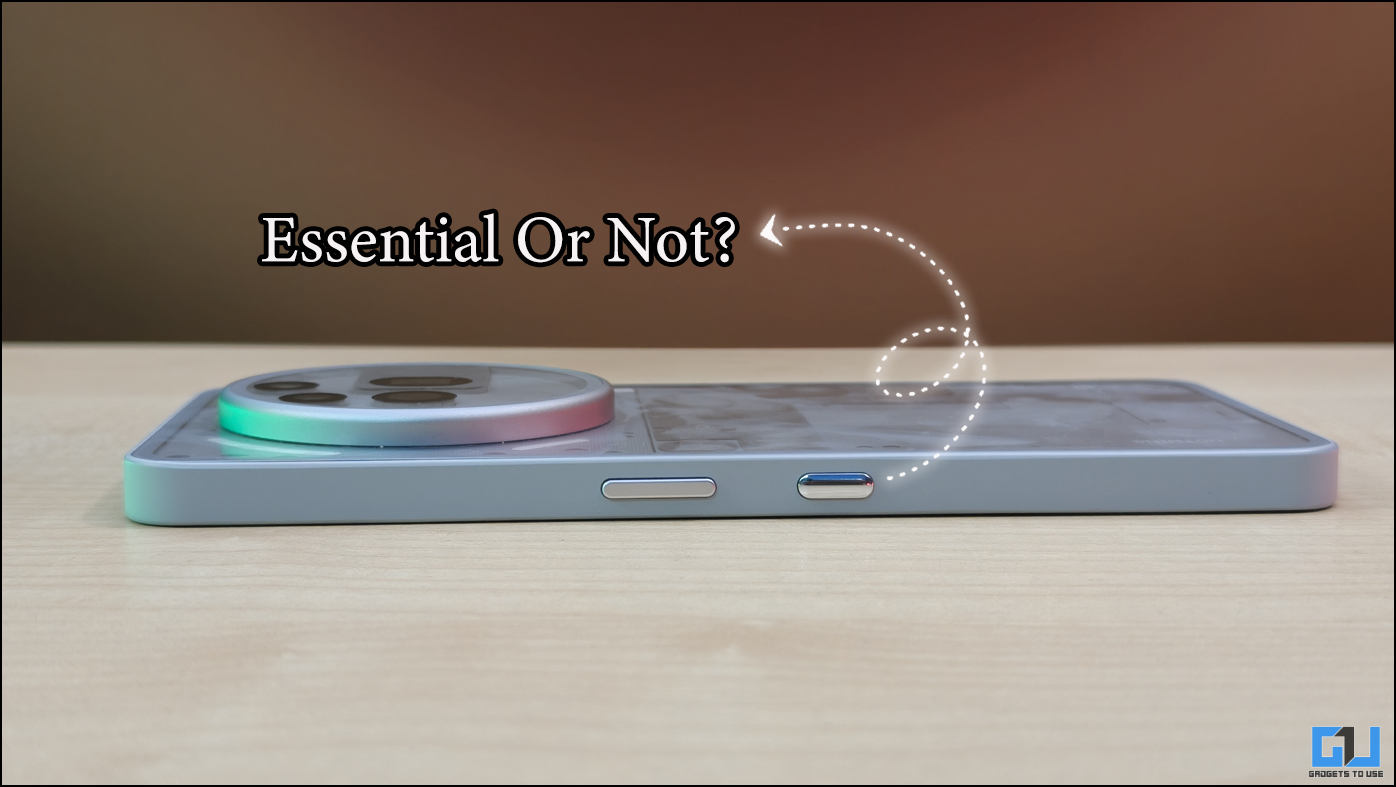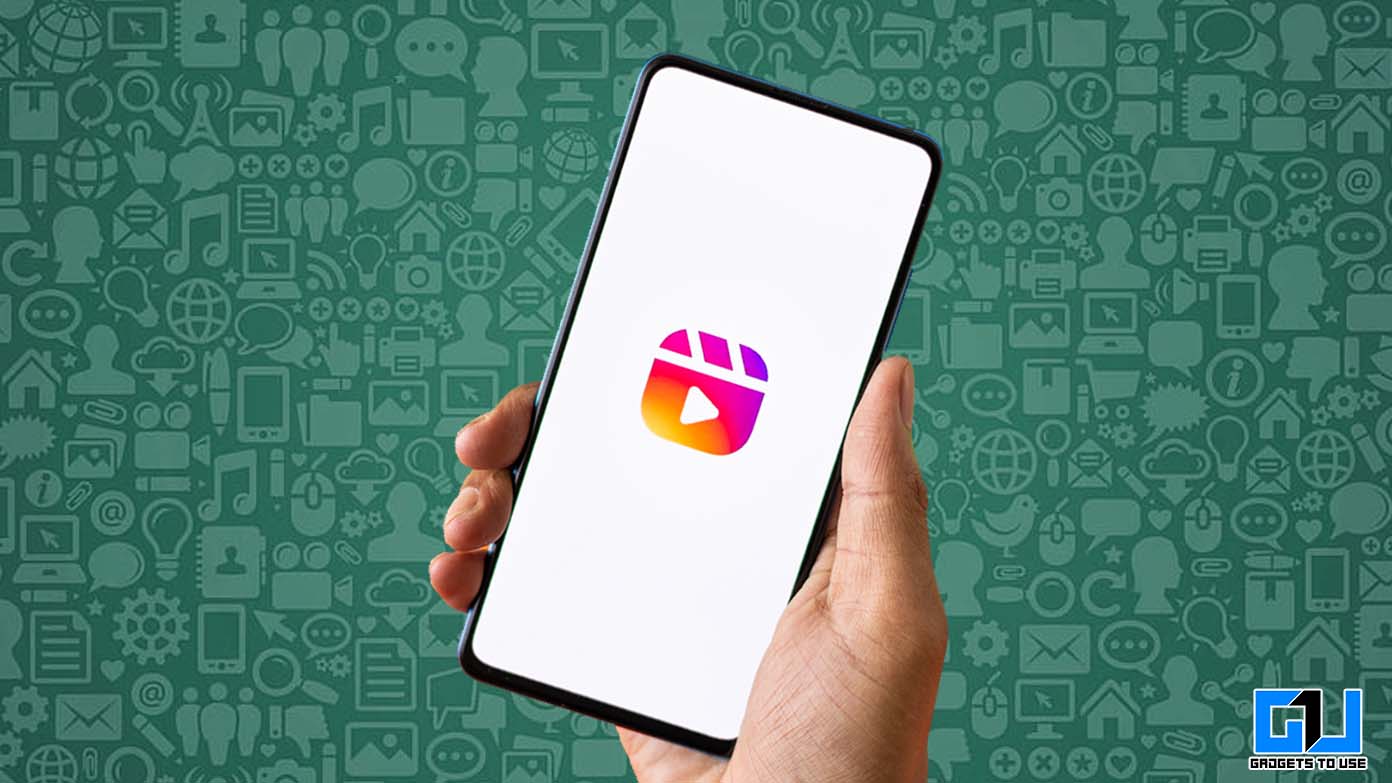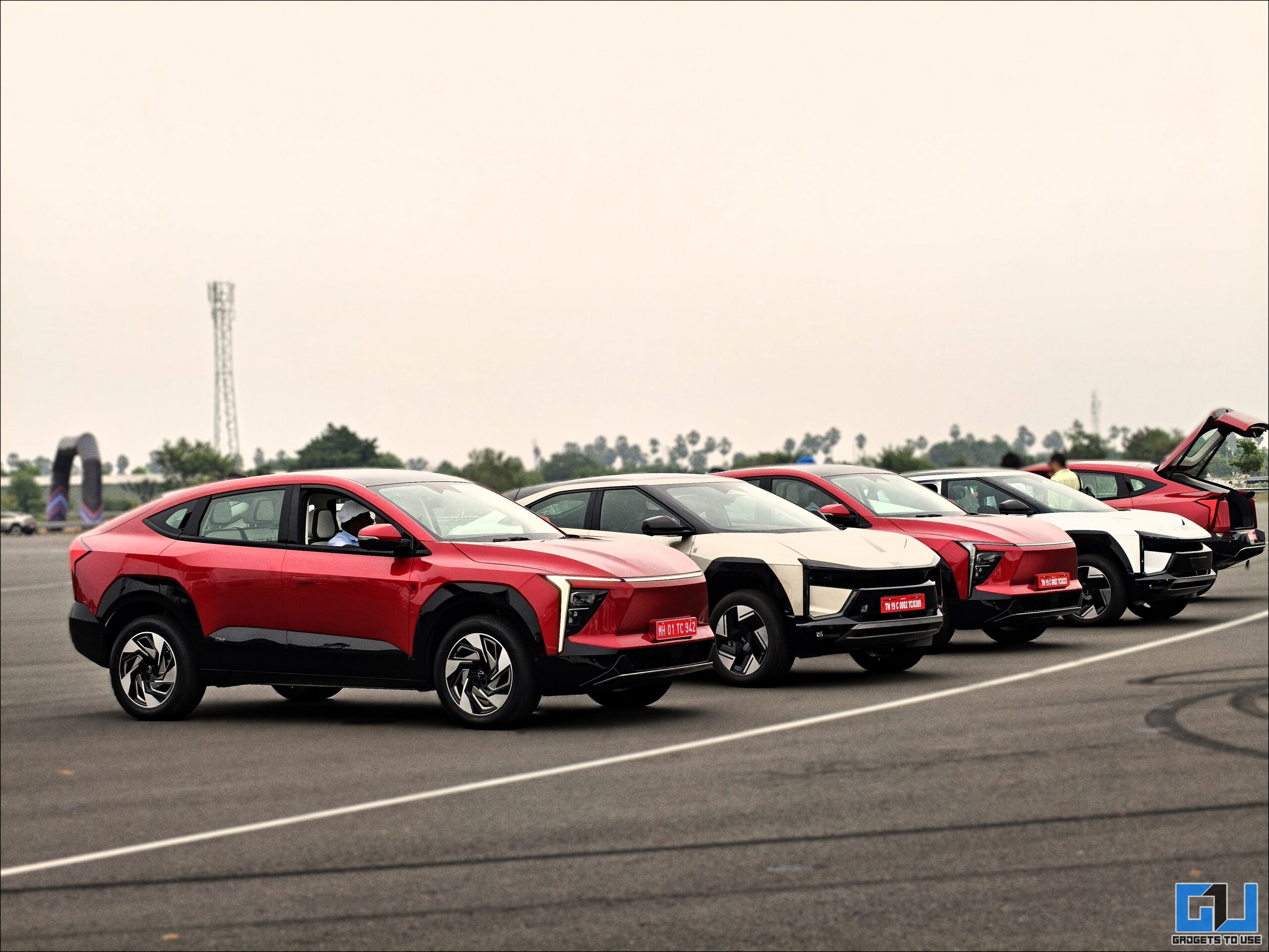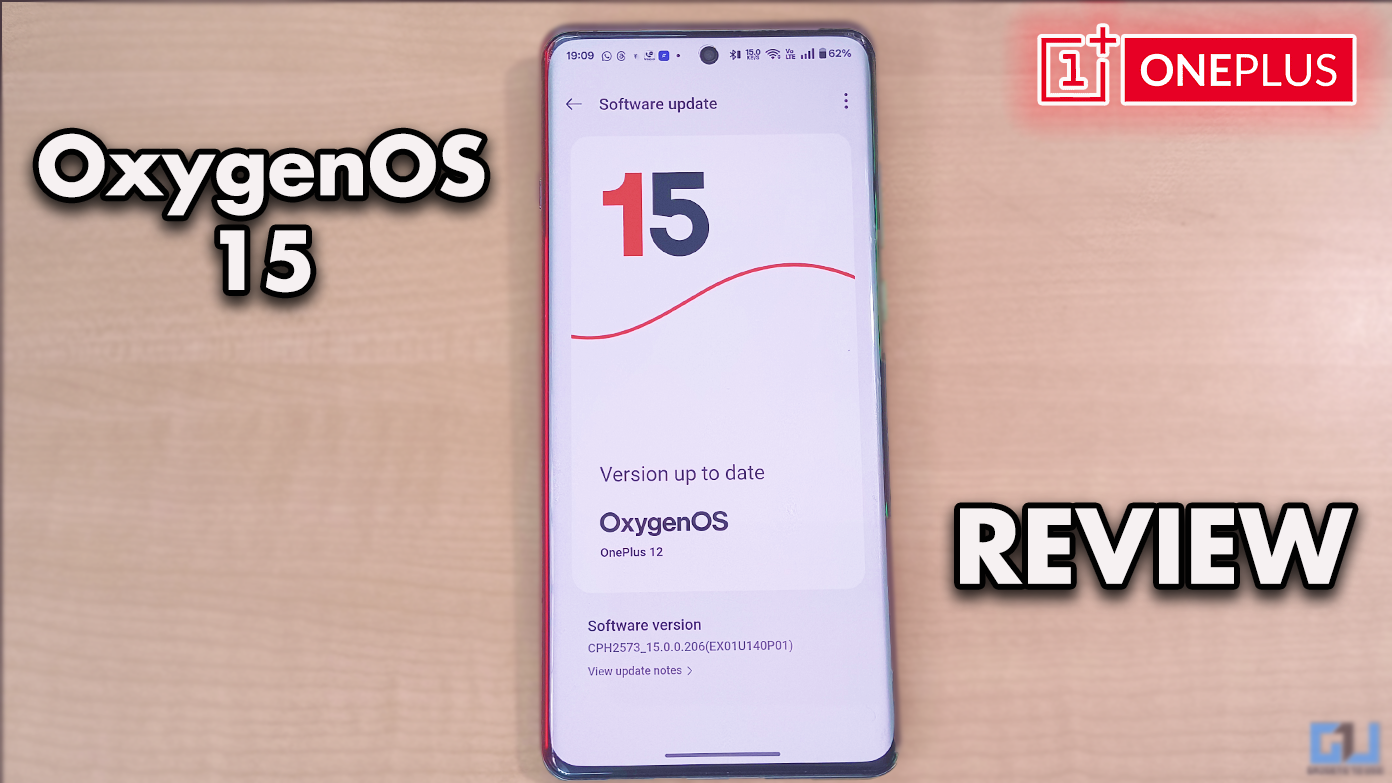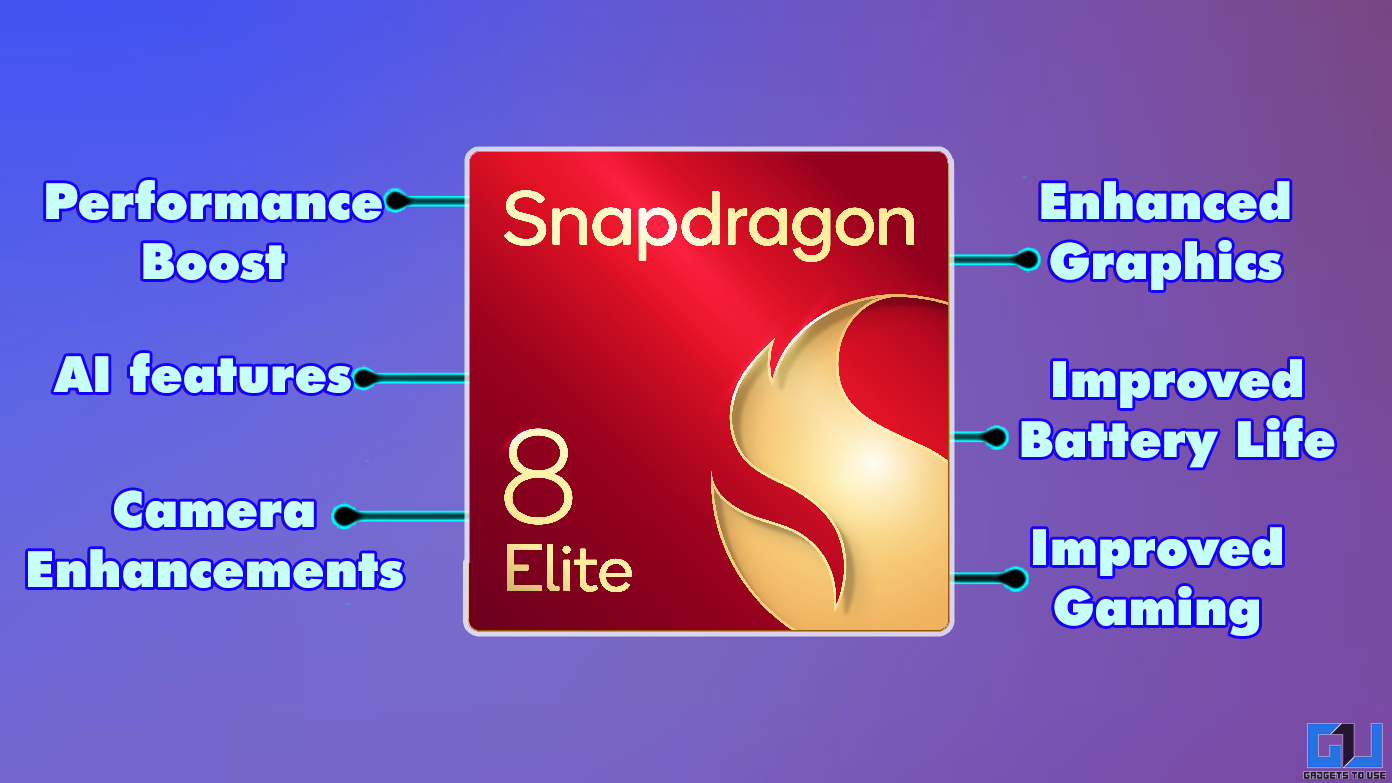Quick Answer
- The feature is currently available on only a few phones but it might soon come in other phones as we are seeing that the smartphone cameras are evolving so fast.
- The latest A11 bionic chip in iPhone X, iPhone 8/8Plus is capable of decoding the 4K videos more smoothly and also uses High-Efficiency Video Coding (HEVC) which is a video compression standard.
- So, 4K videos are higher in size and about a minute of 4K recording takes about 400MB space on your phone.
Smartphone cameras are becoming more and more powerful these days. With the introduction of dual cameras in smartphones, some of the smartphone cameras are even capable of producing DSLR level images. Similarly, if we talk about video recording from smartphones, there are now a few smartphones in the market that can record DSLR like videos i.e. in 4K resolution at 60fps.
Apple had introduced the 4K recording at 60fps feature with its latest flagships last year. Apple iPhone X, iPhone 8/8Plus can record 4K videos at highest 60fps. Later on, Samsung also brought the capability to its latest flagship Galaxy S9/S9+ and recently OnePlus also introduced it in their OnePlus 6.
All these flagship smartphones are capable of 4K recording at the highest and smoothest 60 frames per second frame rate. Though there is a catch for Samsung and OnePlus users. The Android users are not able to record 4K@60fps for as long as the latest iPhones can. Let’s find out why!
What does 4K recording at 60fps mean?

First of all, let’s understand what 4K@60fps actually means. ‘4K’ is the number of pixels in each picture and more pixels mean more details can fit in the picture. The 4K resolution means that the picture has 4000 horizontal pixels, though usually 3840×2160 resolution is referred as 4K resolution. Next, ‘60fps’ refers to the number of frames per second and the more frames per second mean the smoother the video will be. Basically, the “4K@60 fps” means an image with a resolution of 3840×2160 pixels is displayed 60 times per second.
Reasons for limitation in 4K@60fps recording
The Galaxy S9/S9+ and OnePlus 6 can only record 4K videos at 60fps for a maximum of five minutes. In comparison, the iPhone 8, 8 Plus and iPhone X allow users to record 4K videos at 60fps without any restrictions. There are various reasons why Samsung and OnePlus might be limiting the 4K video recording capabilities. Here are some reasons why these manufacturers have restricted 4K@60fps to 5 minutes length only.

Overheating
When you record high-resolution video at a higher frame rate, the camera captures and writes more data on the phone’s storage. Also, recording in 4K@60 usually brings more load to the system-on-a-chip (SoC), which contains the processor and GPU chip and this leads to overheating.
By capping recording time at five minutes, the phone makers essentially stop all processing and data-writing to prevent an unexpected shutdown of the device.
Storage Space
Another reason why manufacturers are keeping the limitation on 4K@60fps recording is storage space. As we all understand, higher the resolution of the video, the higher size it will be. So, 4K videos are higher in size and about a minute of 4K recording takes about 400MB space on your phone. Which is why you should no longer be able to save space on your phone if the 4K recording at 60fps in unlimited.
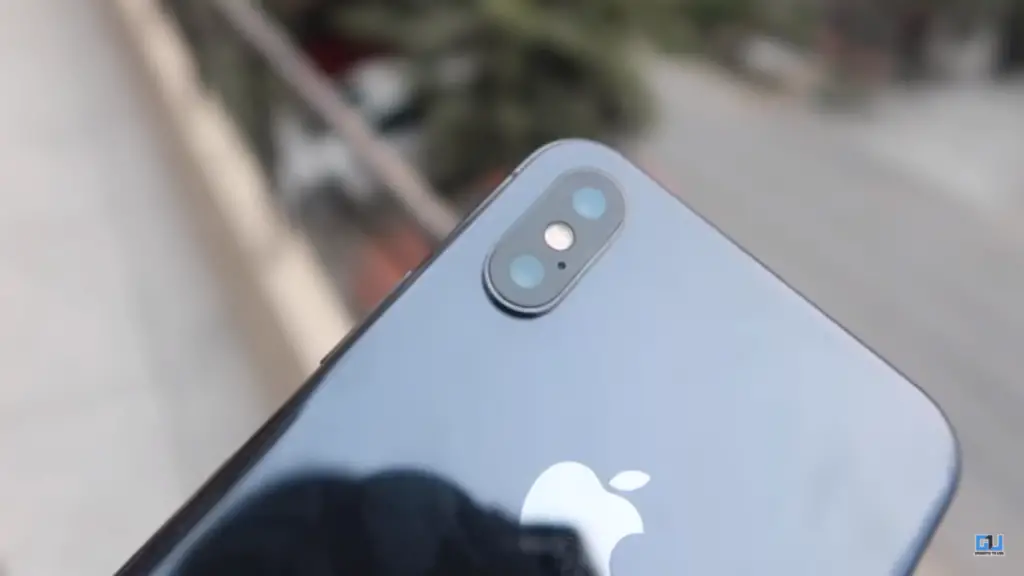
Apple, on the other hand, doesn’t need to worry about these problems because it designs its own more power-efficient silicon chips for its iPhones. The latest A11 bionic chip in iPhone X, iPhone 8/8Plus is capable of decoding the 4K videos more smoothly and also uses High-Efficiency Video Coding (HEVC) which is a video compression standard. So, for 4K @ 60fps, your phone definitely needs HEVC to save space.
Usually, 4K recording at 60fps isn’t actually required by a normal consumer and only professionals do that. Still, if you want to record 4K videos at 60fps in above-mentioned phones, break the video into short clips.
So, these are the limitations in 4K recording at higher frames per second rate. The feature is currently available on only a few phones but it might soon come in other phones as we are seeing that the smartphone cameras are evolving so fast. The OEMs, however, need to optimize their hardware in order to fully support the feature.



